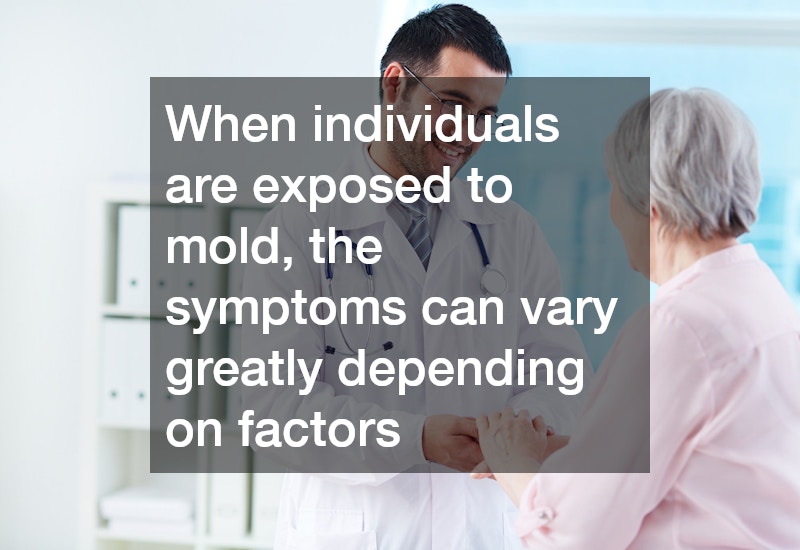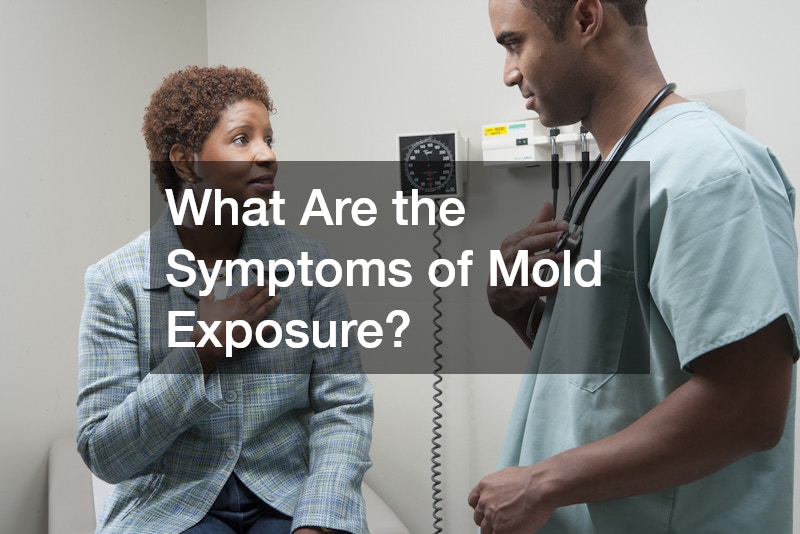Mold exposure can have a wide array of effects on human health, ranging from mild allergic reactions to more severe respiratory issues. Understanding these symptoms and knowing when to seek professional help through mold testing is crucial for maintaining a healthy indoor environment. In this article, we will delve into the symptoms associated with mold exposure, how you can identify mold in your home, and why professional assessment is vital.
Understanding Mold Exposure Symptoms
When individuals are exposed to mold, the symptoms can vary greatly depending on factors like the individual’s sensitivity, the duration of exposure, and the type of mold present. Some people may experience mild symptoms such as nasal stuffiness, throat irritation, coughing, or wheezing. Others might suffer from more severe conditions, including skin irritation and eye redness. In extreme cases, prolonged mold exposure can lead to significant respiratory problems and even exacerbate asthma symptoms in susceptible individuals. It’s crucial to recognize these symptoms early, especially in households with vulnerable groups like children, the elderly, or those with pre-existing health issues.
In addition to respiratory symptoms, mold exposure can lead to more generalized signs of illness that may not immediately be attributed to the presence of mold. Fatigue, headaches, and difficulty concentrating are among the systemic symptoms reported. These symptoms often lead to what is commonly referred to as “sick building syndrome,” where occupants of a building experience health issues linked to time spent indoors. The symptoms can persist as long as the individual is exposed to mold-contaminated areas, and they typically subside once the exposure is eliminated. Therefore, early detection and addressing mold issues through a professional mold testing service can significantly reduce health risks.
One unique aspect of mold exposure is its potential to produce allergic reactions, including hay fever-like symptoms. Mold spores, when inhaled, trigger hypersensitive responses from the immune system in predisposed individuals. This can result in sneezing, runny nose, and watery eyes. Over time, continuous exposure without addressing the source of the problem can intensify these reactions. Ensuring that mold is properly identified and remedied with the aid of mold testing not only alleviates these allergies but also prevents further deterioration of indoor air quality.
Identifying Mold in Your Environment
Finding mold in one’s environment requires vigilance, as mold often grows in hidden or obscure places. Visible mold growth might appear as discolored patches on walls, ceilings, or floors, commonly presenting in shades of green, black, brown, or white. Often, mold growth is accompanied by a musty odor, which can be a telltale sign of its presence even when it is not visibly apparent. It’s important to be aware that mold thrives in areas with high moisture, such as bathrooms, kitchens, or basements. Regular inspections of these areas can aid in recognizing potential breeding grounds for mold.
In some instances, the presence of mold can be subtle, making it necessary to consider professional mold testing to confirm suspicions of mold presence. By employing professional services, you can gain access to specialized equipment that detects mold spores in the air and identifies the type of mold present. Not all molds produce the same health effects, so having accurate information is vital for determining the seriousness of the infestation. Timely intervention is essential, as prolonged exposure can aggravate health issues or create new ones, particularly in sensitive individuals.
Beyond the visible and olfactory signs, mold identification also involves understanding the conditions that encourage its growth. Leaks, condensation, or humidity issues in a structure vastly increase the likelihood of mold development. Therefore, addressing these underlying moisture concerns is equally important in preventing recurrence. While DIY mold testing kits are available, they often lack the comprehensive analysis that professional services provide, making expert evaluation the preferable choice for thorough assessment and effective solutions.
The Importance of Mold Testing
Professional mold testing is an integral part of ensuring a healthy living or working environment. Experts not only confirm the presence of mold but can also determine the extent of contamination and recommend effective remediation strategies. Knowing precisely which type of mold is involved can guide appropriate health responses and mitigation measures. Professional testing services are equipped to handle both the detection and removal processes, ensuring thoroughness and safety. This level of detail is crucial, especially if there are health exemptions to be made, such as in allergy-prone or immunocompromised individuals.
Mold testing provides clear actionable insights that are necessary for comprehensive building assessments. Testing results can reveal the “hot spots” where mold concentrations are highest, enabling targeted actions that prevent ongoing exposure. Additionally, reports from professional mold assessments can be invaluable for premises managers, landlords, or potential buyers, providing transparent documentation of air quality and mold presence. Furthermore, professional mold testing can evaluate the efficacy of remediation efforts, ensuring that mold removal has been thoroughly conducted and that air quality meets health standards.
Preventative measures following mold testing are vital in maintaining long-term indoor air quality. Implementing solutions such as improved ventilation, control of humidity with dehumidifiers, and regular maintenance of plumbing and HVAC systems can reduce the recurrence of mold. Knowledge gained through professional mold testing empowers occupants to take proactive steps for health safety. Ultimately, investing in mold testing can mitigate health risks while maintaining the structural integrity and value of the property. This preventive investment pays off by ensuring the safety and well-being of all present in the dwelling space.

